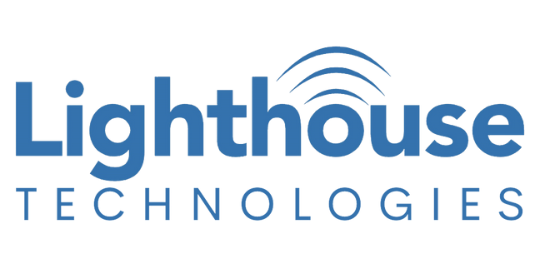It’s a new year—that means new objectives, new budgets, and new projects. If you’re like most QA departments, chances are you’re looking into test automation. But while the value to your department is obvious, how do you state the best financial case to secure upper management’s buy-in?
Every year, people use the start of the new year as a chance to better themselves. But while we’re always striving to do so at home, why aren’t we also bettering ourselves in the workplace? And since so much of our time there is spent on computers, improving software quality is just the place to start.
The most-hyped video game of the holiday season should’ve been an unquestioned financial success, but the company’s financial objectives forced the premature release of an under-tested, glitch-laden final product. What happens when quality is ignored to ensure an optimal release?
While automating all of your manual test cases with Oracle Application Testing Suite (Oracle OATS) can be a surefire way to an ROI, not all enterprise-level companies execute enough test cases to merit it or funding to commit to it. For those companies, smoke test automation may be a better solution.
My coffee intake tends to mirror a large corporation’s various vendors: spanning from cheap, low-quality standbys to pricier, higher-end options. As I’m wholly dependent upon both, what can this tell us about how corporations view reshoring in IT?
Lighthouse’s President and CEO, Jeff Van Fleet, provides his thoughts on a key aspect of corporate culture: the necessity of work/life balance.
For the Cleveland Museum of Art’s CIO, Jane Alexander, and Gallery One team, envisioning their mobile app was only part of the challenge; it was only through carefully wrought development that it became an unprecedented success.
With their groundbreaking app ArtLens, the Cleveland Museum of Art is changing the way that we use technology to experience the world around us. While their app is stunning, it’s the result of a clearly defined vision and carefully wrought execution—the first of which we’ll examine in this two-part article.





